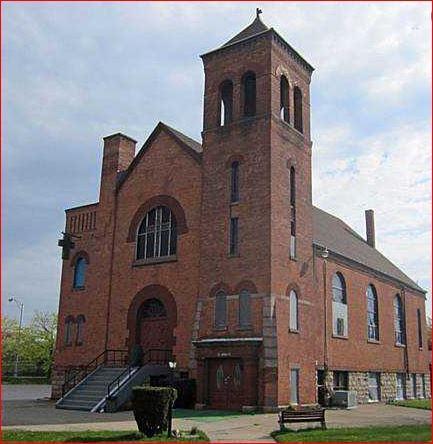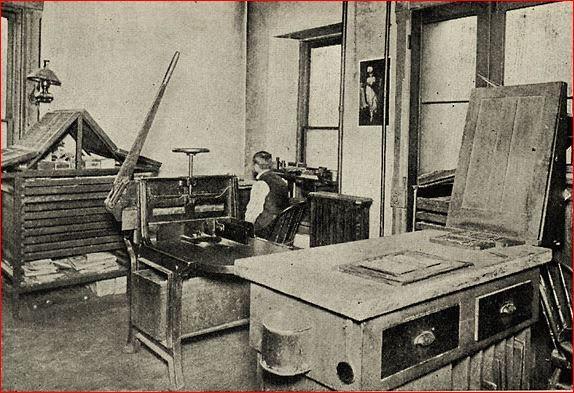In 1827, a few African Americans met in a schoolhouse on Ford Street and organized a Methodist society in connection with another church named Zion. In 1836, incorporation was affected under African Methodist Episcopal Zion Church and soon became known as A.M.E. Zion Church of Rochester. The Church was built on Favor Street near Spring Street and lasted until 1879; when the congregation grew, and a more significant and current church on Favor was constructed. There were three memorial stained-glass windows in the Church for Frederick Douglas, Susan B. Anthony, and Harriet Tubman.


During the early years, the Church and the side pews with hollowed benches were used to hide enslaved people on the Underground Railroad. There was also a trap door by the pulpit leading to an escape tunnel to Plymouth Avenue and the Genesee River. Harriet Tubman used this “station” as a conductor for many seeking freedom.
Susan B Anthony gave one of her last public addresses in the Church, and from 1847 to 49, Frederick Douglass edited his abolitionist papers, “the North Star,” from a press set up in the church basement.

In 1910, after 83 years, the first church parsonage was purchased from Miss L. Sweeting at 397 Clarissa Street (formerly 91 Caledonia Ave).
In 1972, the Church was designated as the 22nd landmark by the City Preservation Board.
In 1973, construction on a new AME church on Clarissa began, and two years later, the congregation officially moved to the new Memorial A.M.E. Zion church.
Since 1987, the Favor Street Church has been owned by Greater Bethlehem Temple Church.
